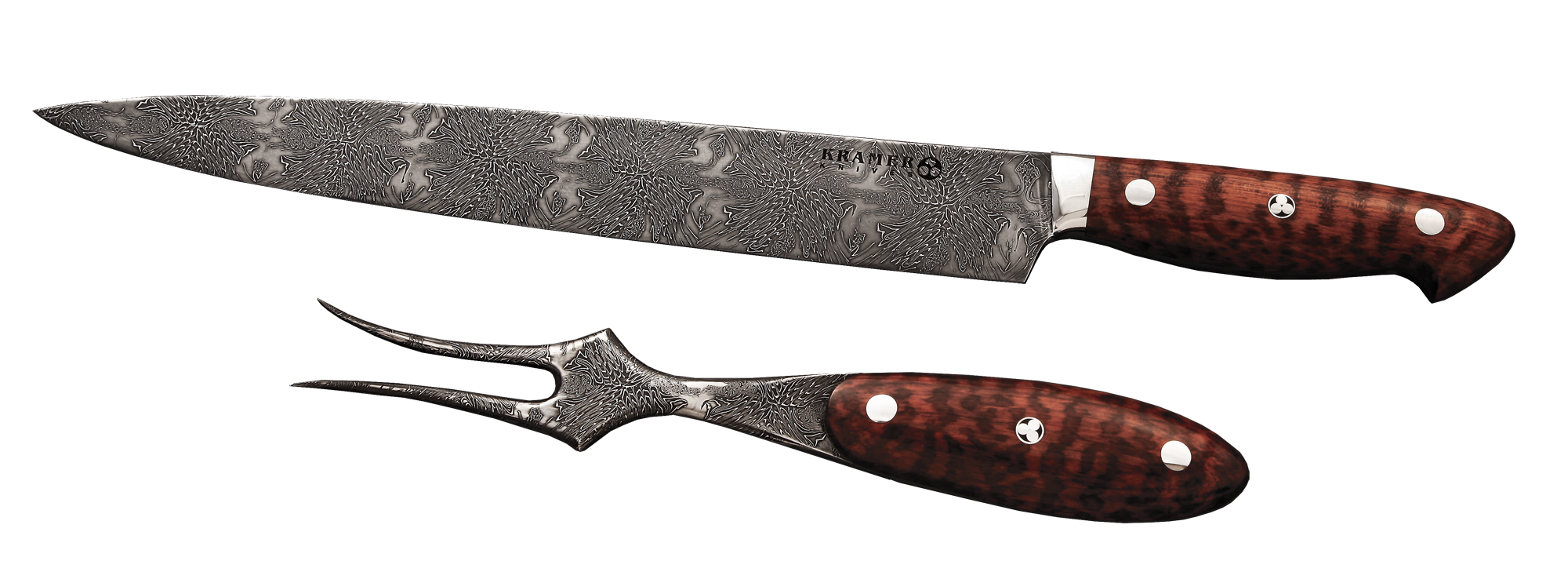B
bonecarver_OG
you can use almost any hard porcelain to give finishing touch to a blade, but for the best finish i allways polish my edges with flexcut polishing compound + an old leather belt.. makes the blades way past razor sharp.





